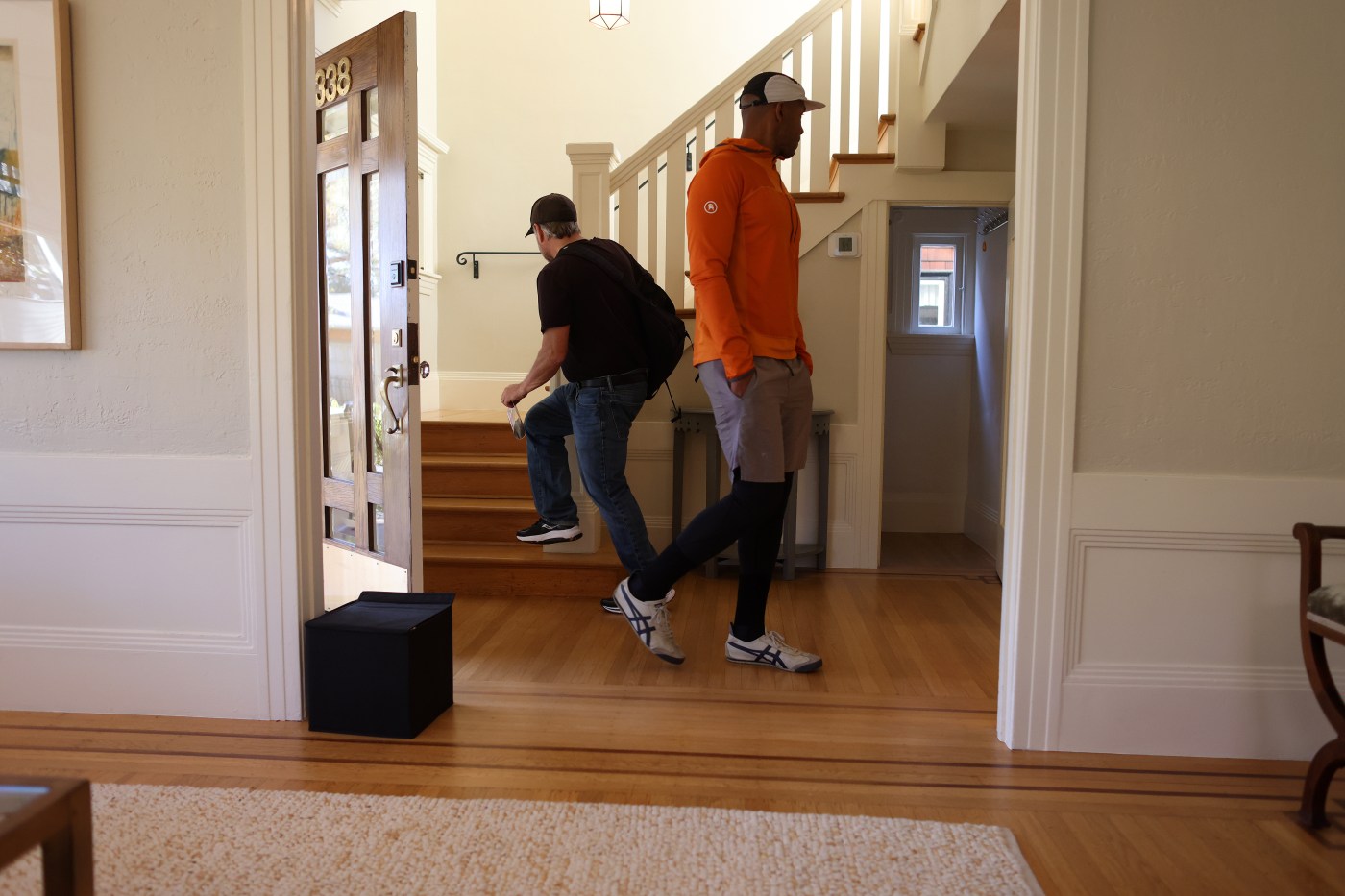
Bay Area housing market sees highest spring inventory levels since pandemic
After two years of sluggish home sales held back by low inventory, February notched its highest level of inventory since before the pandemic.
“We are making progress down the road to recovery,” said Jordan Levine, chief economist for the California Association of Realtors.
So far, the increase in inventory, which was up 52% year-over-year in February, has outpaced sales.
“That’s helped to keep price growth more modest rather than the double-digit price growth that we saw a few years ago,” Levine said.
In the nine-county Bay Area, the median price of a single-family home declined slightly to $1.25 million in February, down half a percent from a year prior. The median price reached $2.2 million in San Mateo County, $2 million in Santa Clara County, $1.6 million in San Francisco, $1.3 million in Alameda County, and $841,000 in Contra Costa County, according to the association’s data.
Real estate agents hope the increased choices in February will herald strong sales this spring — when the Bay Area market is traditionally the most active.
That buyers have been slower to seize upon an increased inventory is indicative of how the overall economic climate — a flagging stock market and persistently high interest rates — have impacted demand.
Related Articles
Paradise reconstruction to take 20 years, mayor tells California Realtors
As Oakland prepares to clear Lake Merritt tents, homeless residents unsure where to go
Where in California do renters stay the longest?
Emotional goodbyes as East Bay horse track and stables see mass exodus and the end of racing
Oakland to close 2 homeless shelters, raising fears residents could be forced to streets
“Typically there’s enough buyer demand to support that increased inventory,” said Jordan Mott, a San Jose-based agent with Intero. “But stocks have taken a hit in value, and a lot of our buyers in the area rely on those for their down payment and qualifications. There’s an uneasiness among buyers.”
The stock market sagged earlier this month after Trump said he would ratchet up his trade war, adding more tariffs on imports from China, Canada and Mexico. As of Wednesday, the benchmark S&P 500 index was down more than 4% in March — its worst month in nearly a year.
“As of the last couple of weeks you’re seeing properties sit on the market longer than they were at the earlier part of the year,” Mott said. “There’s without a doubt been a shift in the market.”
Still, there are plenty of motivated buyers out there — including Fremont couple Krishna and Prashant Kumar Singh. In the six months since the two began house-hunting, they put in offers on 11 homes before they closed on a property in South San Jose on Monday.
Krishna Singh and her husband, Prashant Kumar Singh, third and fourth from left, with Krishna’s parents and their two-year-old daughter. (Courtesy of Krishna Singh)
“We were very close so many times,” said Krishna Singh. “We initially didn’t know the market very well, and we thought that we’d be able to get a home for $1.2 million. We revised our budget to $1.4 million, and eventually settled at $1.6 million.”
Their frustration and fatigue with the home-buying process motivated them to submit more aggressive offers toward the end of their search.
“Especially in the Bay Area, sometimes you feel like giving up,” Krishna said. “But we’re very happy with the house we ended up in.”
Homes are still selling quickly, too — homes spent a median time of 13 days on the market in February, versus 14 days a year prior. In Santa Clara County, homes stayed on the market a median of just eight days, and in San Mateo, it was nine.
While luxury buyers may be paying closer attention to the stock market, first-time buyers are more impacted by mortgage rates. For a 30-year fixed-rate mortgage, rates have held steady around 7% the last six months, according to data from the housing finance giant Freddie Mac. That’s pushed up monthly payments up by hundreds — and in some cases thousands — of dollars.
Those stubbornly high mortgage rates have had the biggest impact on condo and townhouse sales, Mott said. Condo sales across the nine-county Bay Area in February was down 5.9% from the previous year.
Buyers may find it difficult to get loans approved for some condominium complexes around California that have been placed on a “mortgage blacklist” by Fannie Mae, the government-sponsored housing company that buys up nearly half of all home loans and bundles them to sell to investors. Fannie Mae has been growing its list — which includes 168 condo complexes in the Bay Area’s five largest counties by population — as it looks to protect itself from taking on mortgages for properties that it considers to be underinsured, dilapidated or lacking sufficient reserves.
In light of that, many would-be condo buyers are opting to keep renting rather than to buy, Mott said.


